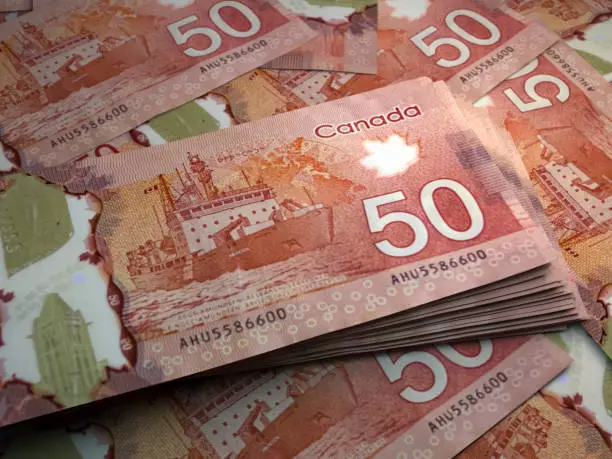In recent trading sessions, the USDCAD currency pair has demonstrated notable resilience, rebounding from a significant seven-month low of 1.3418. This upward momentum has propelled the pair beyond its 20-day exponential moving average (EMA), suggesting a potential shift in sentiment among traders. Moreover, it has managed to breach a defining upward trend line established since its nadir in 2021. As traders assess the pair’s trajectory, the critical range between 1.3580 and 1.3620 looms as an essential focal point. This range encapsulates not only the 50-day and 200-day EMAs but also aligns with the 38.2% Fibonacci retracement from the most recent downtrend, underscoring its importance for future movements.
As USDCAD eyes further upward movement, the next psychological barriers appear at the 50% Fibonacci retracement level situated at 1.3680, followed closely by the 61.8% retracement point at 1.3740. These Fibonacci levels are of paramount importance for traders as they can signify potential reversal points. A successful breach of these resistance barriers may bolster bullish sentiment and lead to a more vigorous uptrend. However, traders should remain prudent, as the overall technical outlook remains cautious, and the absence of a compelling upward trend continues to loom large over the pair’s potential for sustainable advancement.
Despite the recent technical advances, a critical examination of various indicators reveals a lack of strong bullish signals. The downward trajectory of the EMAs indicates a prevailing bearish undertone, which serves to temper expectations for an aggressive rally in the near term. Furthermore, the Relative Strength Index (RSI) has yet to mount a clear breakthrough above the pivotal 50 mark, signaling that momentum is not strongly favoring buyers. Additionally, the stochastic oscillator is nearing the overbought threshold, suggesting imminent exhaustion of buying pressure. The confluence of these indicators implies that, while the short-term outlook may have turned slightly optimistic, significant headwinds persist.
Traders must also consider the possibility of a pullback. A slip below the 20-day EMA at around 1.3530 could trigger a wave of selling pressure, with potential immediate support lurking around the 1.3470 level. Should bearish sentiment gain momentum, the price may test lower levels, including the psychologically significant 1.3400 mark and potentially dip towards 1.3350 by January 2024. These levels will serve as critical junctures for traders gauging the balance between bullish aspirations and bearish realities.
While USDCAD has carved out a path of recovery in the short term, the overall technical landscape offers a mixed picture. Although upward movements have been noteworthy, the absence of clear bullish signals and the proximity to potential resistance levels indicate that the momentum may be limited. As traders await further economic data, particularly the upcoming nonfarm payroll report due at 12:30 GMT, caution remains a prudent approach. The interplay between technical indicators and key support and resistance levels will ultimately dictate the pair’s next movements in a market characterized by uncertainty.

